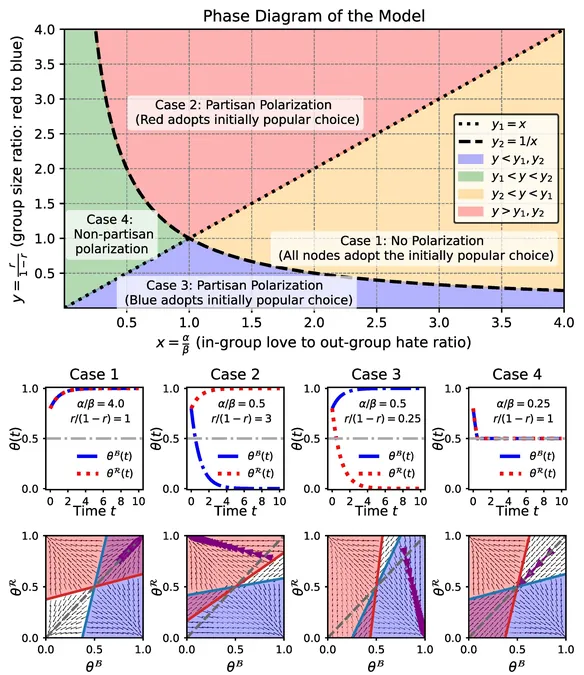
Unlocking the Secrets of Our Polarized Society: How Math Reveals the Roots of Division
2025-05-06
Author: Jacob
The Growing Divide: Affective Polarization Explained
In an era marked by deep political divides, Democrats and Republicans share a common bond: an escalating distrust and aversion towards each other. But what fuels this emotional rift? A groundbreaking study from the USC Viterbi Information Sciences Institute, in collaboration with the University of Iowa and Claremont Graduate University, has unearthed vital insights into this phenomenon known as "affective polarization." This research aims to shed light on how these feelings influence decision-making in our society, potentially providing a roadmap for bridging divides on critical issues like vaccination.
The Mathematical Model Behind Our Choices
Leading the investigation, ISI Principal Scientist Kristina Lerman explains, "We became intrigued by the rapid divergence of opinions. Why do people adopt drastically opposing views?" To answer this, the team, spearheaded by Buddhika Nettasinghe, created a mathematical model that simulates how decisions are made in a society rife with emotional division. The model measures affection for one’s own group—termed as "in-group love"—against disdain for the opposing group, designated as "out-group hate."
Polarization: The Metrics at Play
The results are eye-opening. When faced with choices like wearing masks or getting vaccinated, individuals often mirror the behaviors of like-minded peers, dismissing alternate choices from rival groups. The researchers discovered that significant out-group hate acts as a catalyst for polarization. When the hostility directed at the other group surpasses the affection for one's own group, consensus becomes a distant dream.
The Paradox of Connection
Shockingly, the model implies that increasing connections across party lines may exacerbate polarization rather than diminish it. This counterintuitive finding suggests that interacting with opposing viewpoints may intensify divisiveness. People often become hyper-aware of their differences, provoking stronger negative instincts. Thus, rather than fostering understanding, engagement with contrasting perspectives can reinforce animosities.
Everyday Choices Reflecting Political Identity
These insights may clarify why seemingly neutral decisions—like choosing a beverage, selecting a vehicle, or picking a sports team—are increasingly colored by political identities in our polarized landscape. This connection illustrates that affective polarization seeps into all facets of life.
Towards Solutions: Mitigating Division
Lerman and her team are now investigating strategies to mend these emotional splits. They propose that news organizations and social media platforms could significantly lessen polarization by shifting focus away from partisan differences. By fostering connections based on shared interests rather than divisive topics, they hope to alleviate the reactionary impulses that perpetuate polarization.
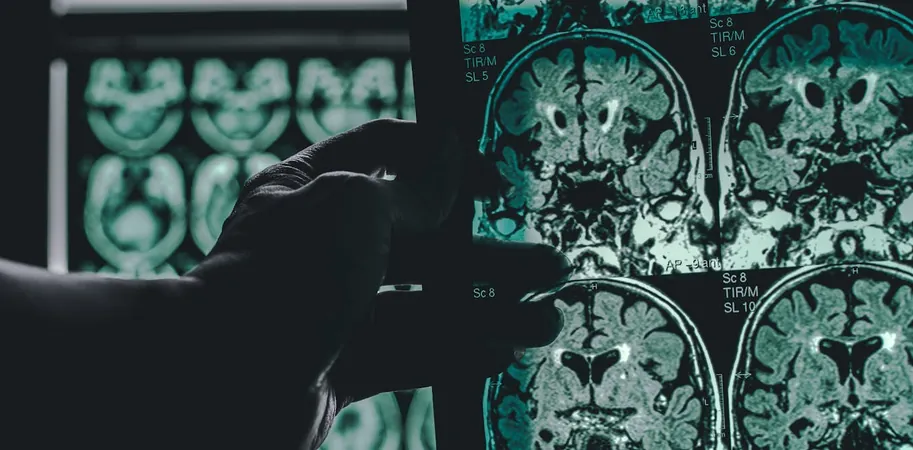
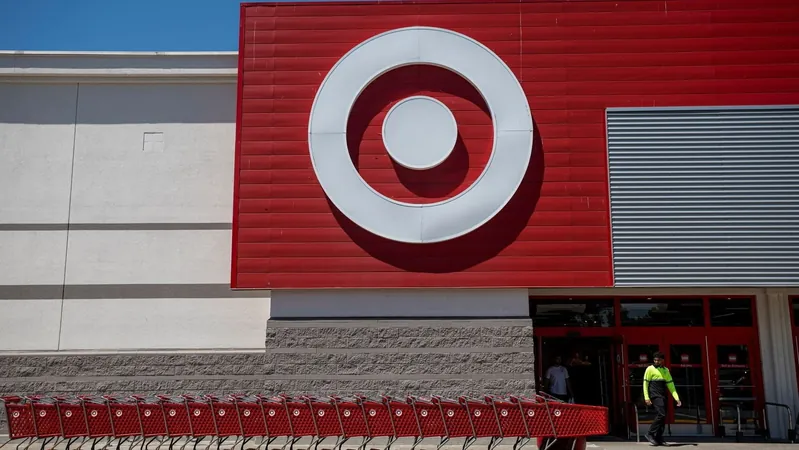



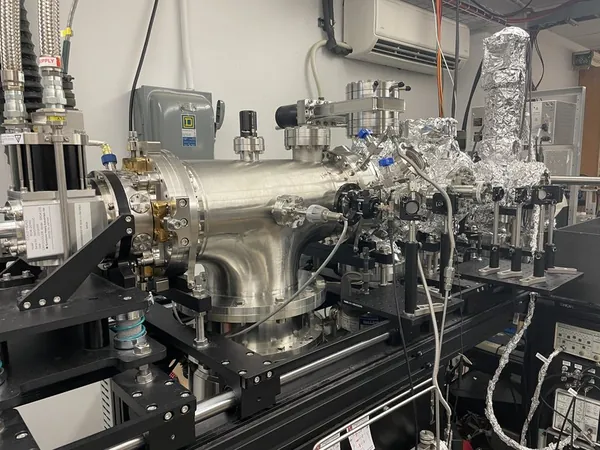
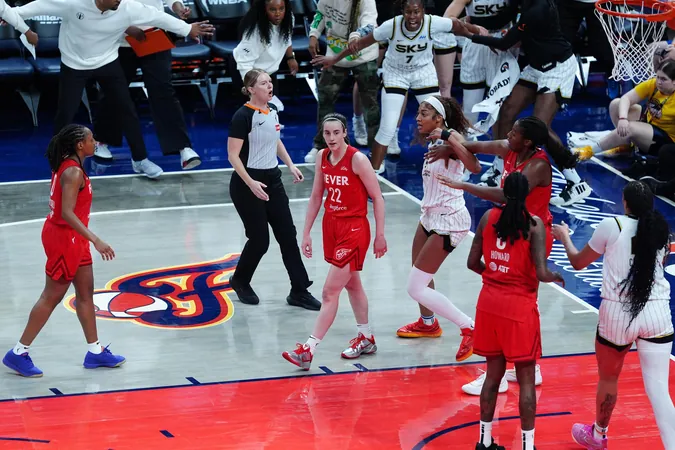

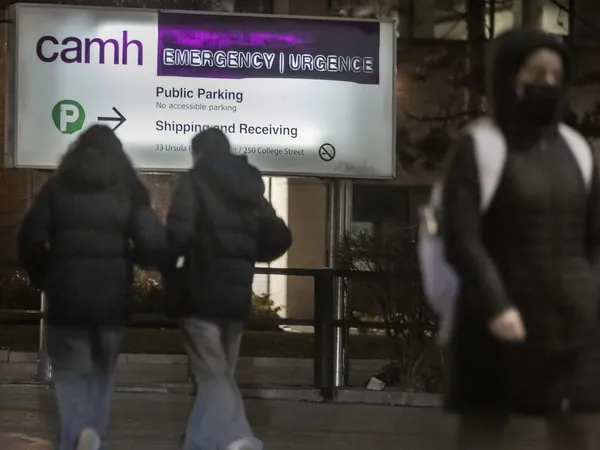
 Brasil (PT)
Brasil (PT)
 Canada (EN)
Canada (EN)
 Chile (ES)
Chile (ES)
 Česko (CS)
Česko (CS)
 대한민국 (KO)
대한민국 (KO)
 España (ES)
España (ES)
 France (FR)
France (FR)
 Hong Kong (EN)
Hong Kong (EN)
 Italia (IT)
Italia (IT)
 日本 (JA)
日本 (JA)
 Magyarország (HU)
Magyarország (HU)
 Norge (NO)
Norge (NO)
 Polska (PL)
Polska (PL)
 Schweiz (DE)
Schweiz (DE)
 Singapore (EN)
Singapore (EN)
 Sverige (SV)
Sverige (SV)
 Suomi (FI)
Suomi (FI)
 Türkiye (TR)
Türkiye (TR)
 الإمارات العربية المتحدة (AR)
الإمارات العربية المتحدة (AR)